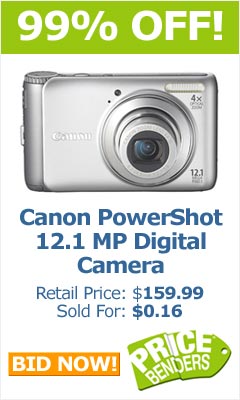Adsense is the program provider of advertising (ad = advertisement) of Google.com is really "make sense", which can give results very high (some people get thousands of dollars monthly from Adsense). This is a breakthrough in getting income. Why? Because we usually first have to sell something new to get money. Or if you join with networking program, then at least you have to recruit first. But for Adsense service, you will get the money without asking someone else to buy or join in your network. In other words, the person does not need to spend money. Task You just bring as many people to your site and you will paid if any user clicks on Google ads that you put on the website You ... just by clicking .. they do not have to buy nothing ... although they were not paying however much clicking. Of course there are no hard to click anything. Visitors will click on ads google that you install because he wanted more information ... he did not harmed anything, even his desire to get information are met. Even with Adsense service, you can also offer on your visitors to get software for free. Visitors would love to get free software and you also get paid by Google when visitors are downloading, installing and using software. It's that simple! So how do we get the service
Adsense or sign up for Adsense?
You can join or get Adsense account with FREE ... no pay anything. If so, from which Google can pay me? Of course Google profits in the service of others, so that there is lead behind it. Google also launched Google Adwords service ... service where we can advertisements on Google.com. You often search using Google? If you enter a word or phrase in the search field, then immediately exit sites that use the word or phrase is not it? Note also that the right of the search results page there are some ads that are related to your search. That adwords ad. The installer adwor ds certainly have to pay. They charged pay-per-1000 impressions (called CPM = Cost Per 1000 Impression), or if there is someone who clicks their ads (called CPC = Cost Per Click). A lot of advertisers willing to pay high prices for ads they appear in Google. Even their ads appear not only on the results page Google searches but also on the sites of Google (which menda Google ftar Adsense) and even in your GMail email! (Look in your gmail webmail, note the right of the letter.) If you registered your Google Adsense then you will receive a number of adwords ads on your web site. This means you help Google gain income is not? So it is fitting Google pay you well. Those who have Adsense accounts and displays Google ads as an Adsense Publisher. While those who advertise through service called Adwords Advertiser. This term will be found when browse sites is Google's adsense.
Whether this can be believed? Google.com is the world's leading search engine Yahoo.com rival. It's been so famous the names of the portal search engine provider, which means they are qualified, reliable, trustworthy and certainly they also will maintain the quality of their service. It is very important of course for those of you in choosing a business program Any ... So for this first part, you may feel safe, even very safe ... Your income will not be lost. If so, there is no reason for you choose not to Adsense.
Does this program apply internationally? Yes! Google is very fair in this case, anyone and from any country can obtain adsense account. Unlike some other e-commerce services that Indonesia. With what I get paid? You will be paid by check (in U.S. dollars) sent directly to the address you (by courier in a very safe of course) and you can bank Monetize anywhere. Is it hard to get my Adsense account? Absolutely not. Just so you have a website / blog with the language Adsense support (English, German, Spanish, Turkish, Russian, Chinese, Japanese, Korean, and several others .. Indonesian is not allowed) I can not write in English, Use a software translator (like TransTool - you can type in Indonesian language and the program will automatically change it in English). Send this article to your blog (do not forget to give an interesting title). You can get software translator in Mal Ambasador Kuningan or shop leading software in your area .. You do not need to write anything else! or you can try it with a free article, one more search on google with keyword free article, well ... you just copy and paste the article. But remember, Do not forget to continue to include the name of the author. Like Google Adsense AdSense for Content, Showing ads from those who put advertising on Google (Google Adwords). Display format can vary, there in the form of images, those that only the text. Both are subdivided into various forms, among others: 1. Leaderboard (elongated horizontal ad) 2. Banner 3. Scycrapper and Wide Skycrapper (elongated vertical) 4. Square, Medium Rectangle, and Large Rectangle (rectangular-shaped ad) AdSense for Search, Display Search Engine Google diwebsite facilities You. You will be paid if one is using the search engine them. ADSENSE for referrals, currently consists of 4 kinds (in the future could increase again in collaboration with Goolgle namely: 1. Referral to "Google Adsense" 2. Referral to "Google Adwords" 3. Referral to "Firefox" 4. Referral to "Picasa" When there is someone / visitors come to your site / blog, click on the link Referrals above .... Download and then install the software on computer them, then you get 1 (one) dollar (U.S.) from Google. FOR FURTHER INFORMATION PLEASE DOWNLOAD ON ADSENSE FREE IN http://adsensegallery.com/Adsense.zip EBOOKNYA


